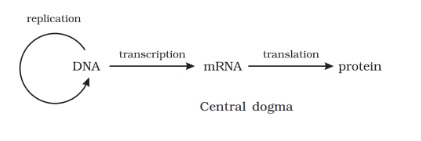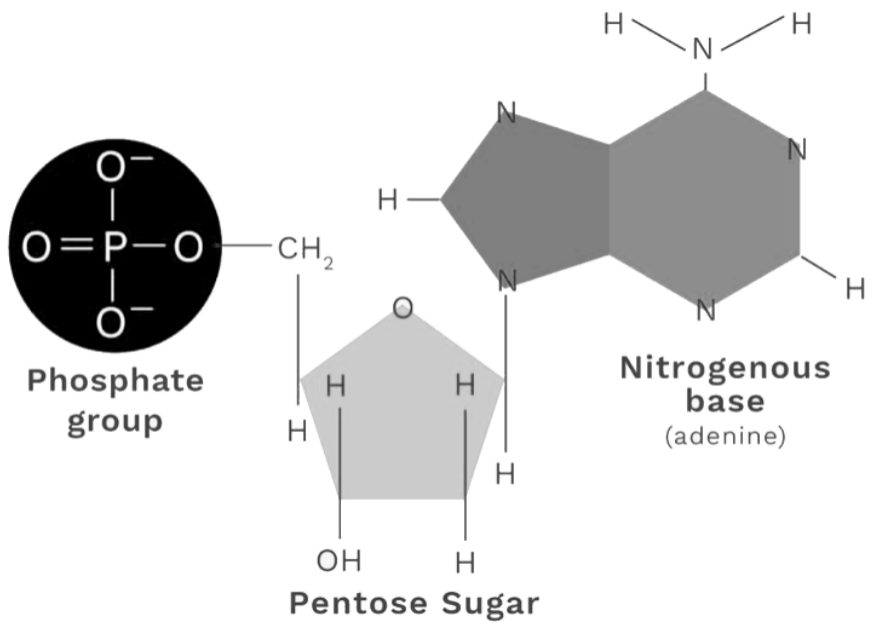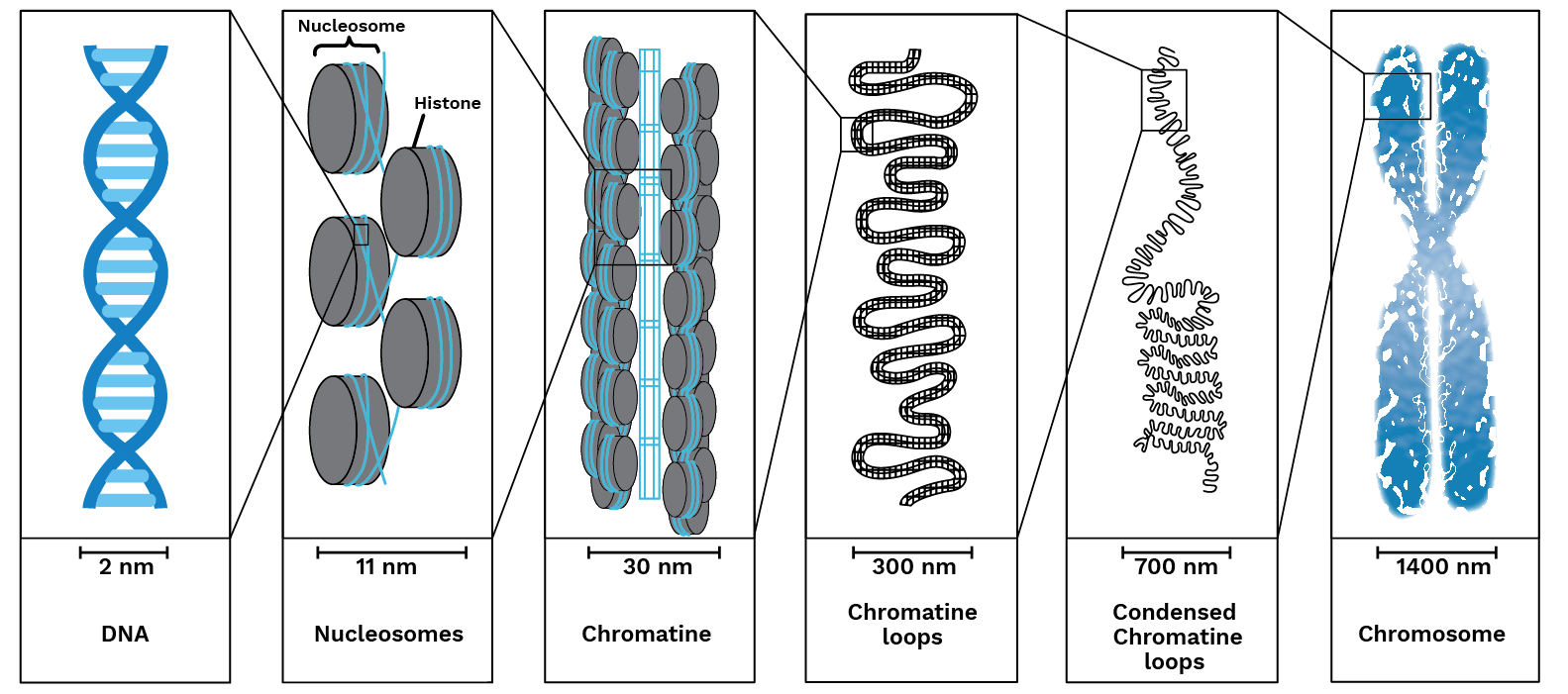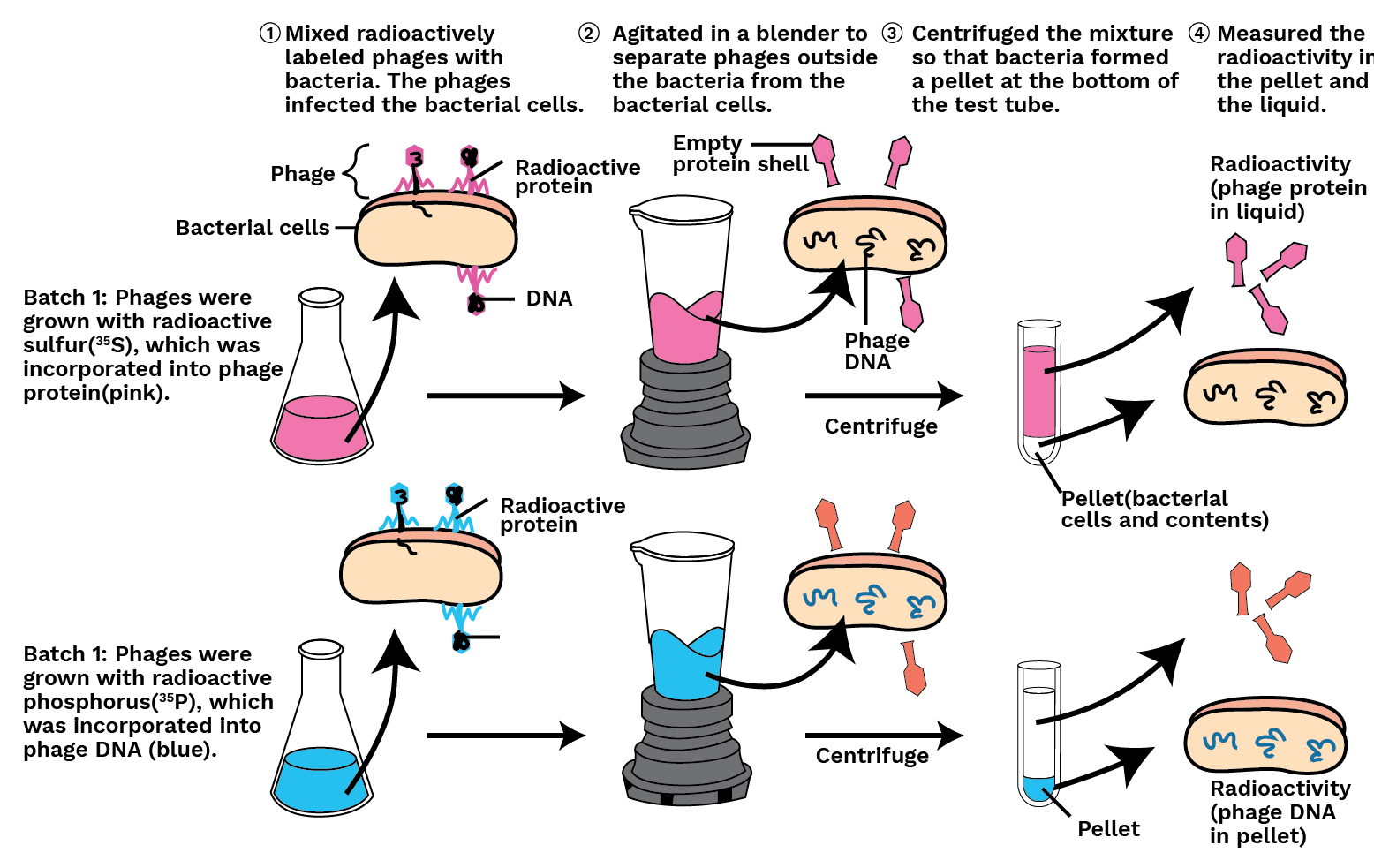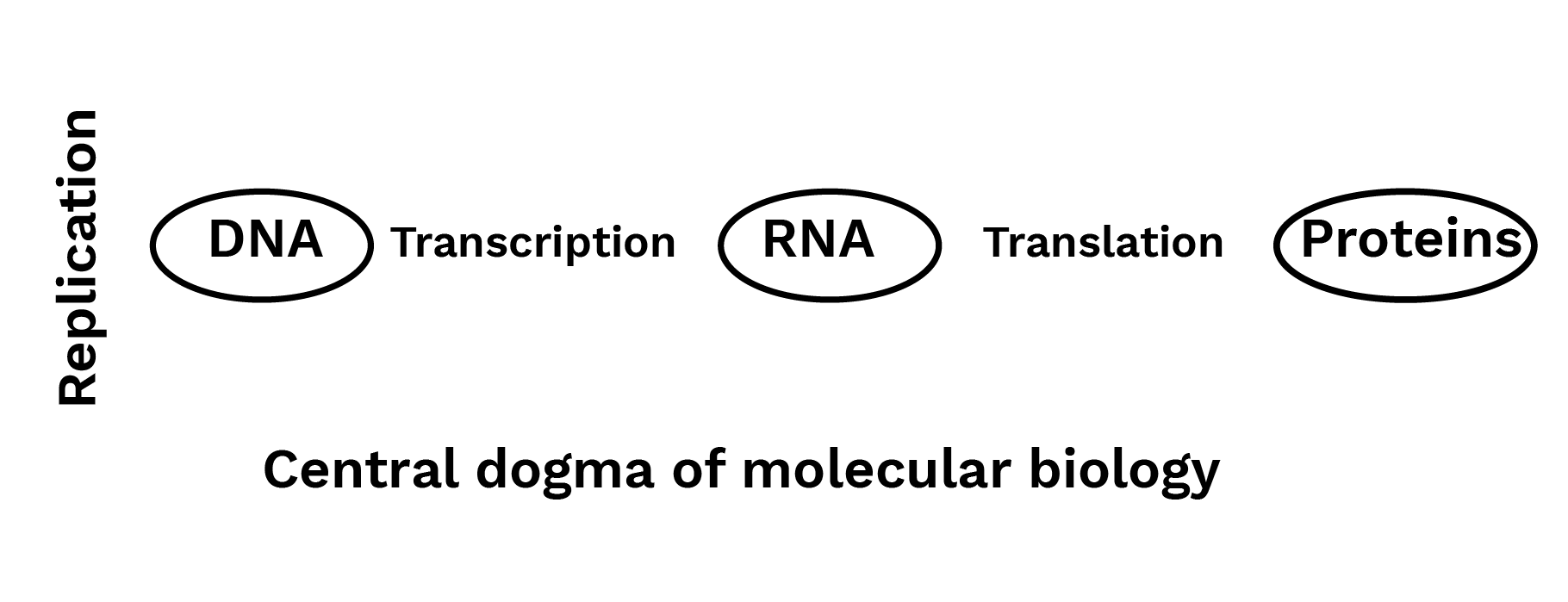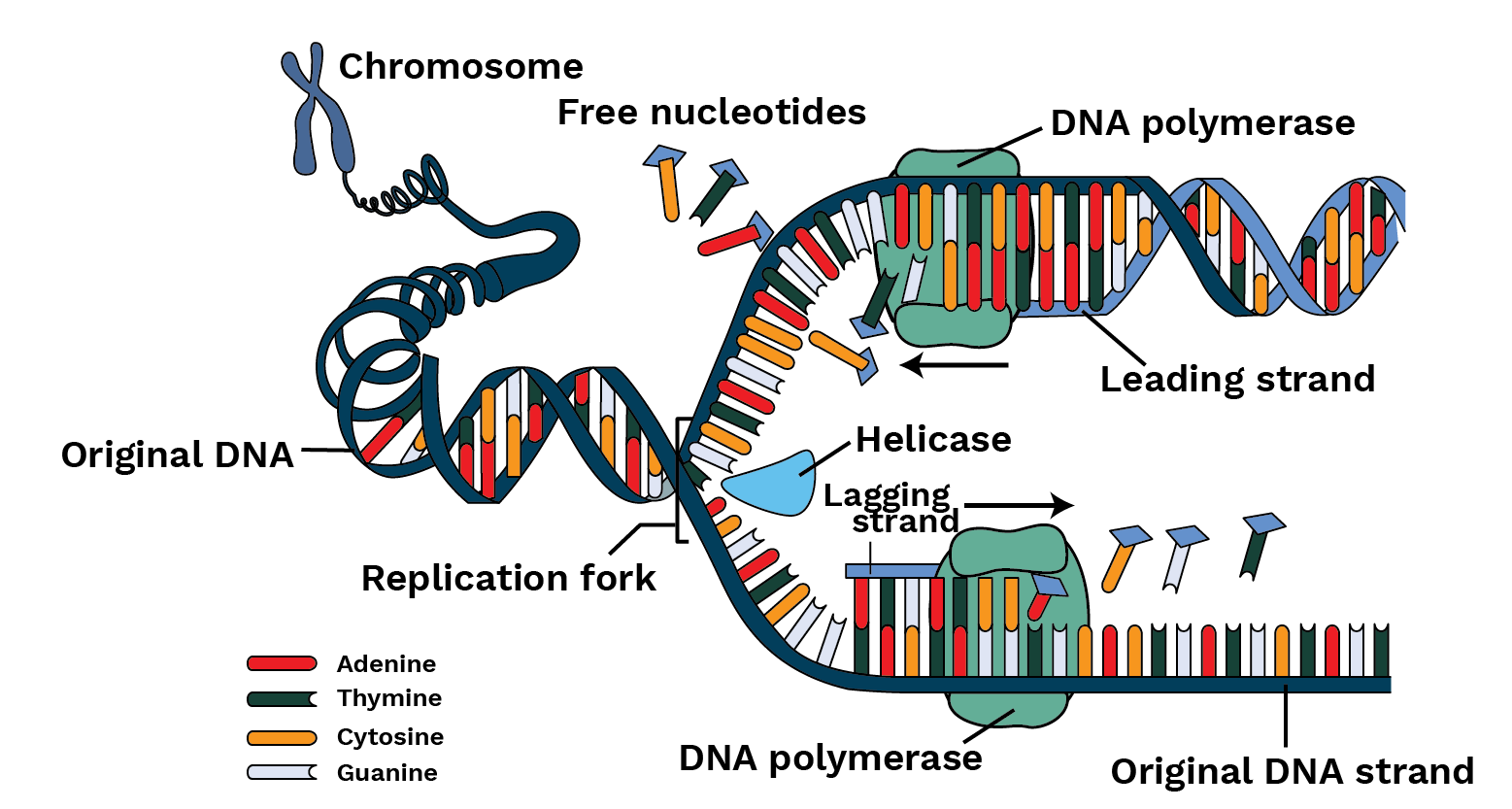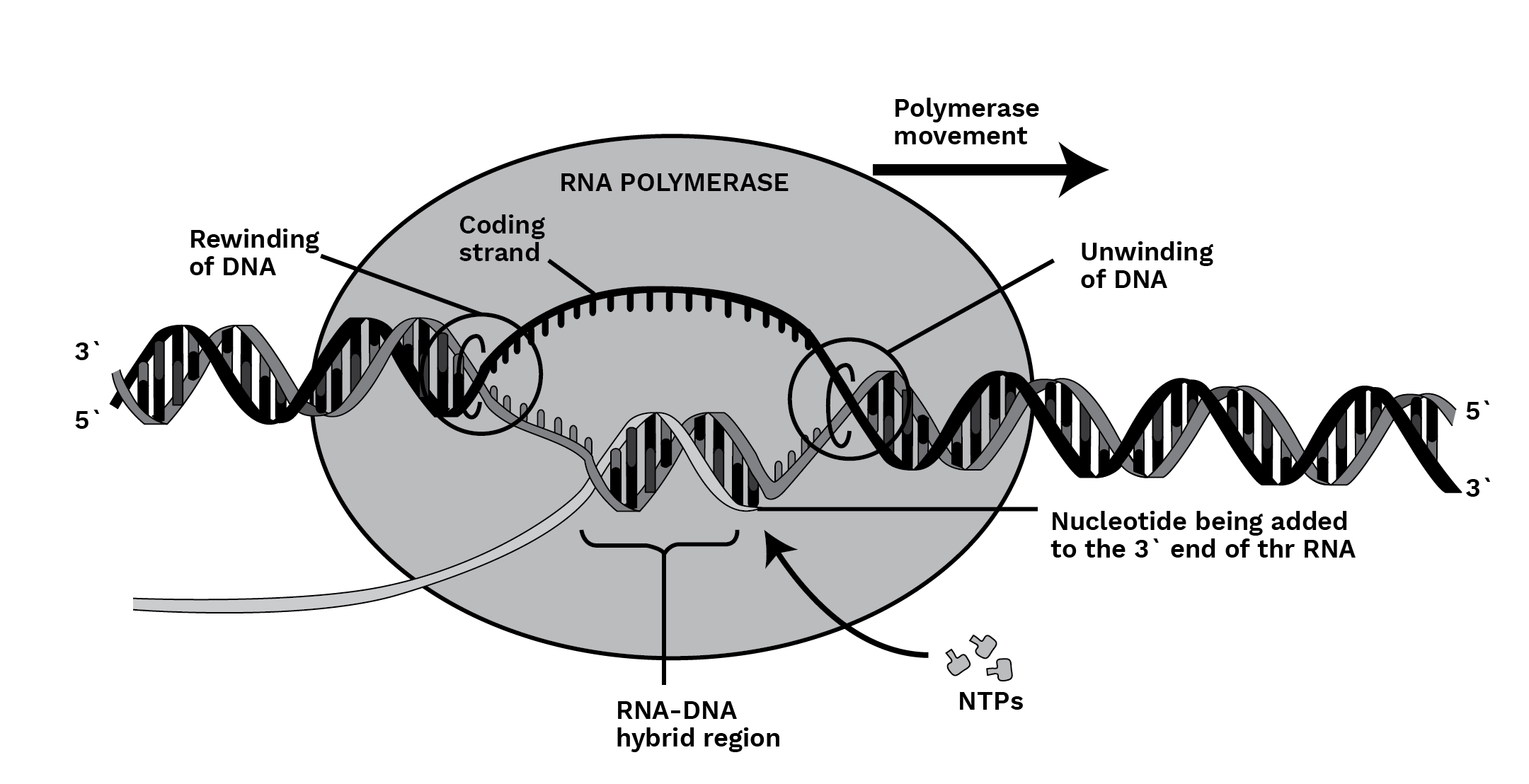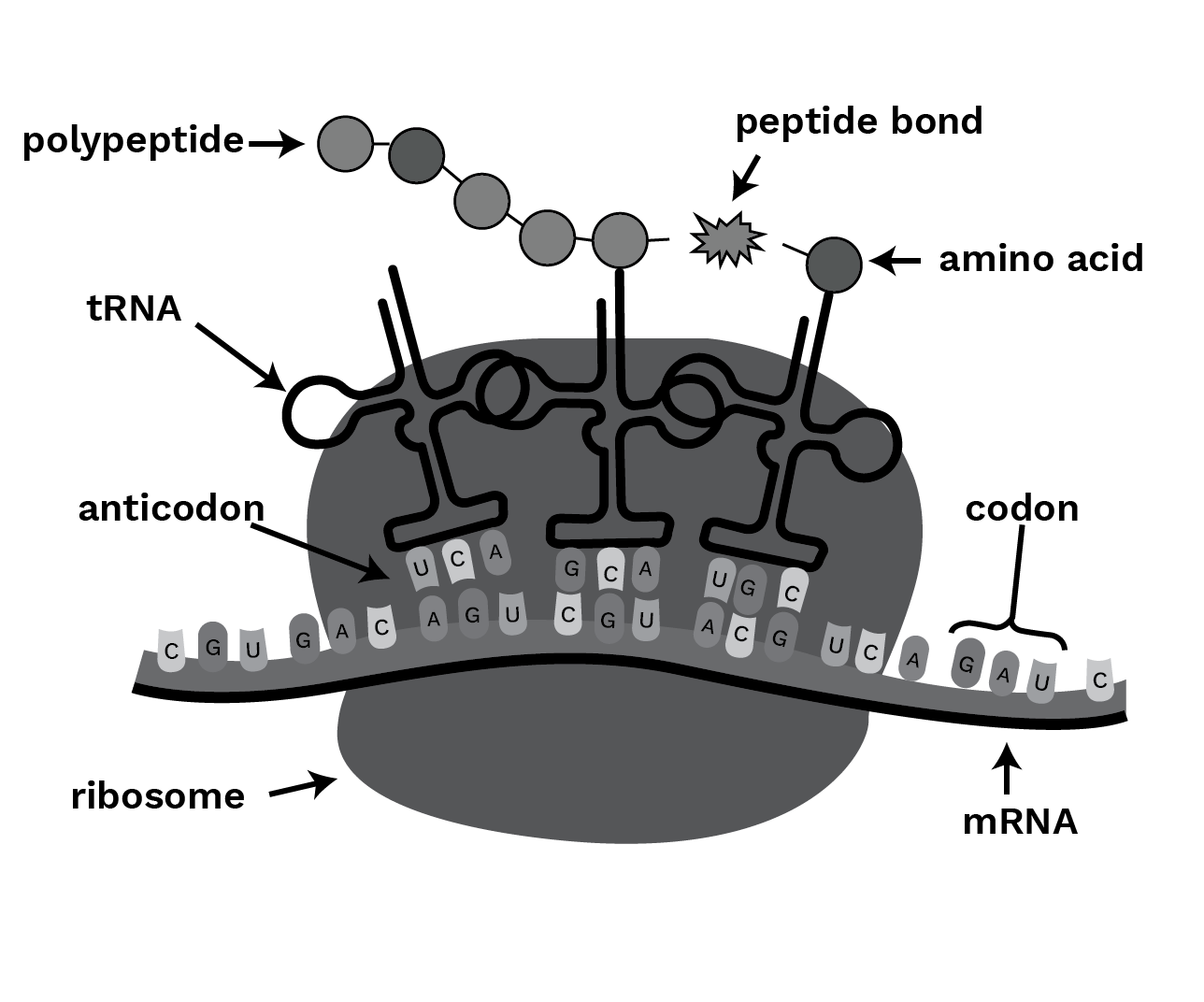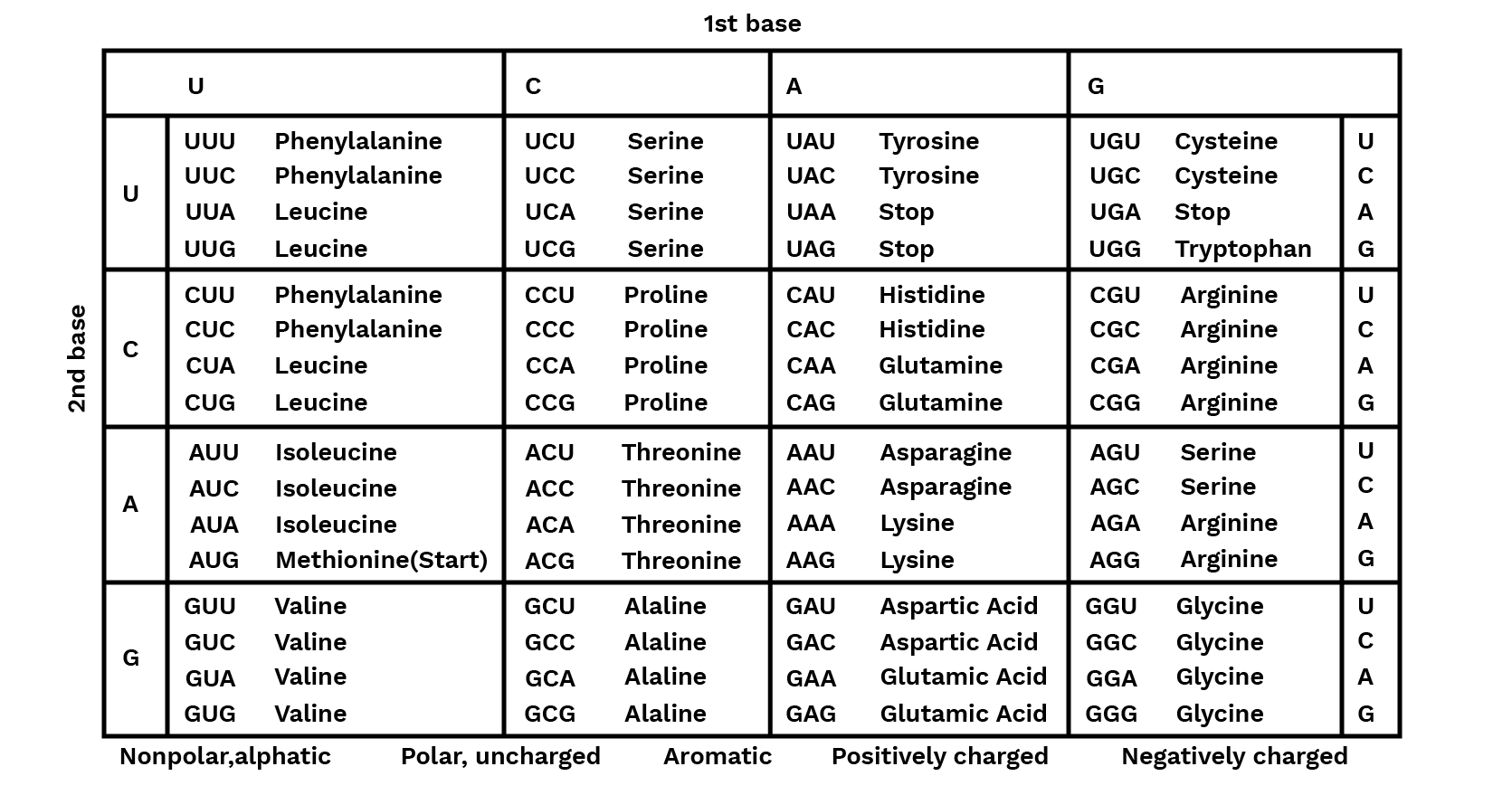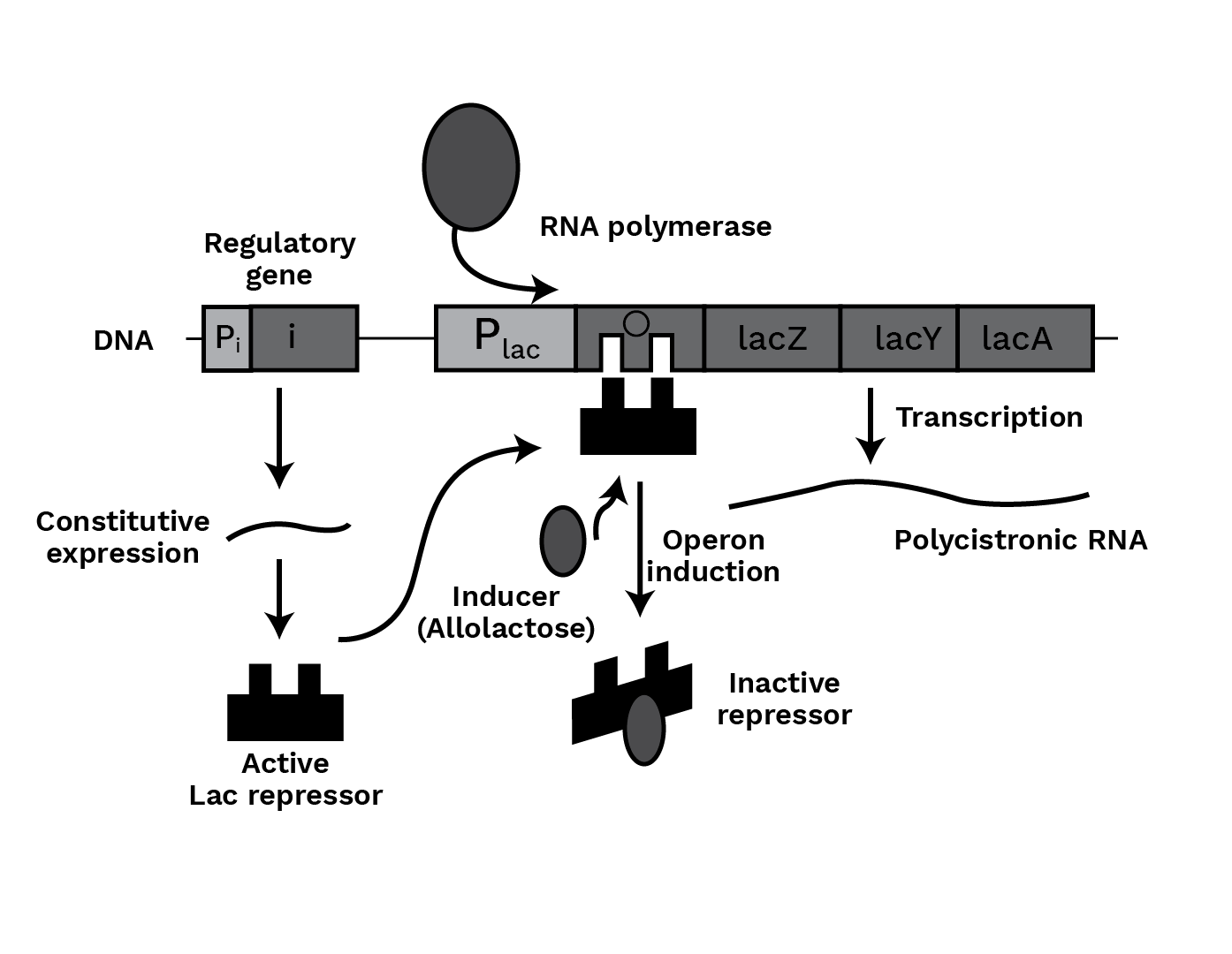Biology Notes for Chapter 5 Molecular Basis of Inheritance Class 12 - FREE PDF Download


FAQs on Molecular Basis of Inheritance Class 12 Biology Chapter 5 CBSE Notes - 2025-26
1. What are the key concepts students should focus on while revising Molecular Basis of Inheritance for Class 12 Biology?
Students should focus on DNA structure, replication, transcription, translation, regulation of gene expression, and genetic code. Understanding diagrams, mechanisms of enzyme actions, and differences between prokaryotic and eukaryotic genetic processes are also essential for comprehensive revision.
2. How can concise revision notes help in preparing for Class 12 Biology Chapter 5 exams?
Revision notes present complex topics in a simplified manner, summarizing the entire chapter into easy-to-understand points and diagrams. This allows students to quickly recall fundamental concepts, reinforce memory before exams, and efficiently manage revision time.
3. What is the correct sequence to revise topics in Molecular Basis of Inheritance for effective preparation?
Start with the structure of nucleic acids (DNA and RNA), then revise DNA replication, followed by transcription, RNA processing, translation, gene regulation (especially lac operon), Human Genome Project, and finally DNA fingerprinting applications. This logical progression mirrors the flow of genetic information and the chapter structure in NCERT.
4. What are the most important diagrams to practice from this chapter during revision?
The essential diagrams include:
- Double helix structure of DNA
- DNA packaging and nucleosome arrangement
- Replication fork and process of DNA replication
- Steps of transcription (promoter, structural gene, terminator)
- Lac operon model
- Difference between euchromatin and heterochromatin
5. How do revision notes address common misconceptions in Molecular Basis of Inheritance?
Revision notes clarify concepts such as the direction of DNA replication (always 5' to 3'), distinction between leading and lagging strands, and the actual flow of genetic information (DNA → RNA → protein), which helps dispel common misconceptions around these mechanisms.
6. Why is understanding the central dogma important for mastering this chapter?
Grasping the central dogma is crucial as it provides the basis for gene expression—how information in DNA results in RNA and then protein synthesis. This understanding connects every major process in the chapter and is frequently tested in both theory and application-based questions.
7. What strategies can help students quickly recall key terms and definitions in Chapter 5 during exams?
Create a concept map summarizing terms like nucleosome, codon, operon, exon, intron, and replication fork. Use mnemonic devices for sequences (e.g., stop codons: UAA, UAG, UGA). Practice writing short definitions during revision to enhance memory recall under exam conditions.
8. How should students link the concepts of mutations and genetic polymorphism while revising for board exams?
Understand that mutations are permanent changes in DNA sequence, and over generations, these accumulate as genetic polymorphisms. These variations are crucial in DNA fingerprinting and can affect gene function, evolution, and biodiversity, often found in the application segment of board questions.
9. What is the role of diagrams, flowcharts, and tables in efficient chapter-wise revision of Class 12 Biology?
Visual tools like diagrams and flowcharts facilitate quick understanding of complex processes such as transcription and translation, while tables summarize genetic codes, differences between DNA and RNA, and contrasts between prokaryotes and eukaryotes, making last-minute revision more effective.
10. In what ways do revision notes support long-term retention and application of Molecular Basis of Inheritance concepts?
Concise notes highlight core ideas and important details, present summaries for each topic, offer stepwise breakdowns of processes, and structure content for repeated review, thus enhancing both long-term retention and the ability to apply concepts in higher-order questions and new situations.


























